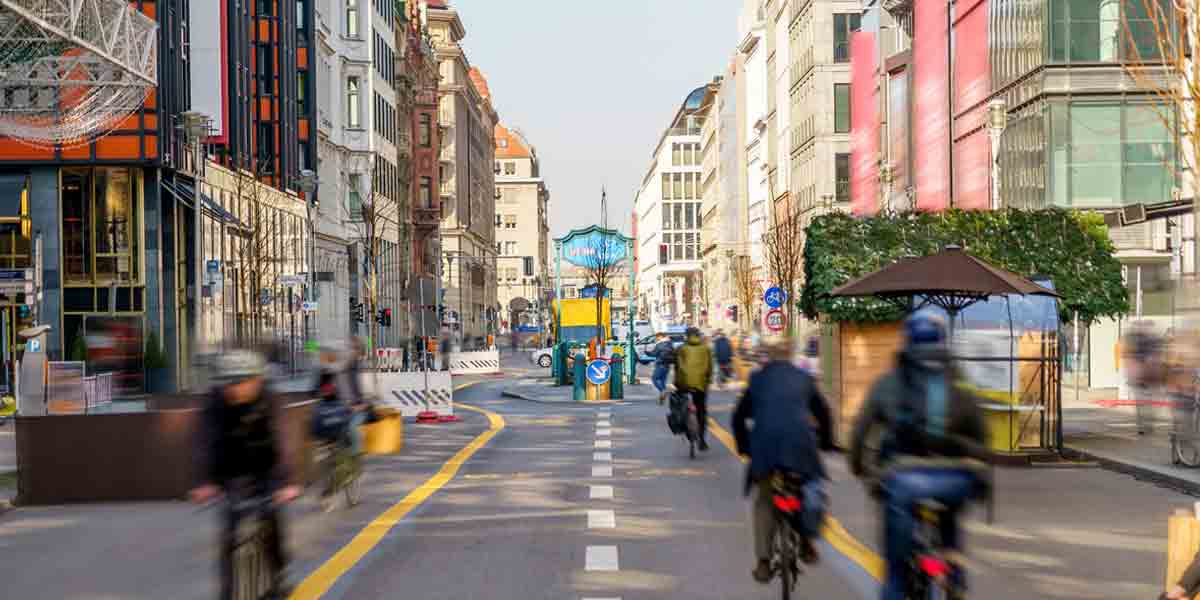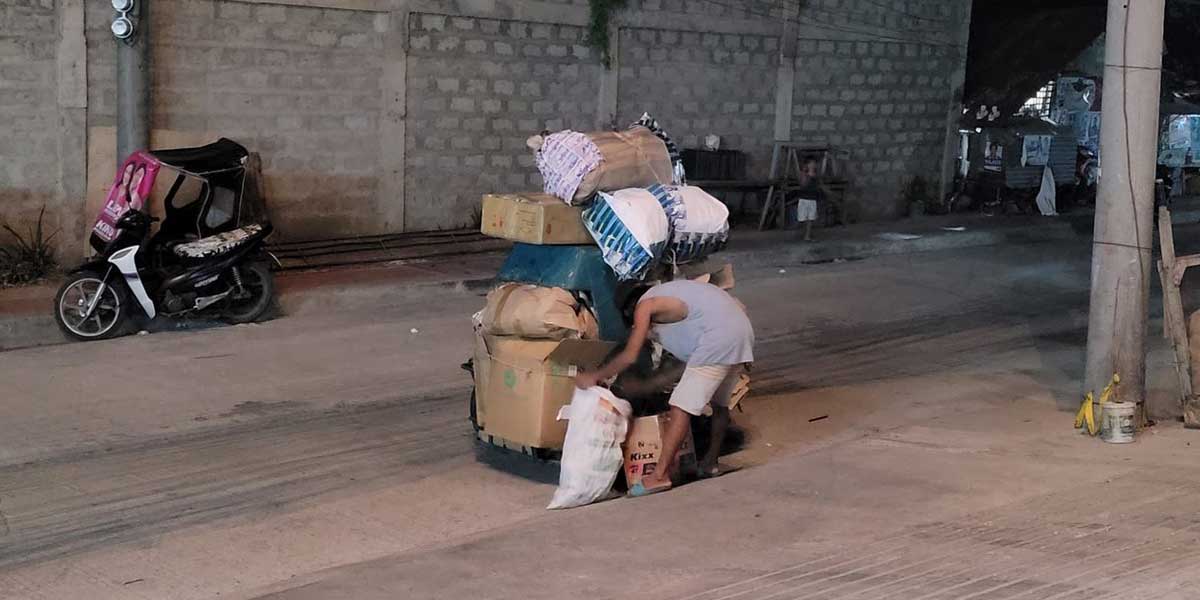By Herman M. Lagon
Schools should be more than just places for lectures and exams. They should feel like a second home—where students are not only learning but also feeling safe, seen, and supported. True inclusivity is not just about rules or compliance. It is about building a culture where everyone feels they belong. After over two decades in education, I have seen again and again how the right environment can shape not just grades, but confidence, curiosity, and character.
Yes, we need clean classrooms, working gates, and emergency plans. But safety goes beyond walls and windows. A student needs to feel safe asking questions, making mistakes, or simply being themselves. When classrooms are built on trust and kindness, ideas flow more freely, and even the shyest learners begin to bloom. Without that foundation, even the most impressive academic programs fall flat.
Diversity is not a checkbox—it is a gift. Every classroom holds a mix of cultures, learning styles, beliefs, and personal stories. Real inclusivity happens when these differences are welcomed into the conversation, not just tolerated on the sidelines. When marginalized students feel represented and respected, they do not just participate—they thrive. It is powerful to see a student light up because they finally saw their story reflected in a lesson or discussion.
Of course, safety also means protecting students from harm—including bullying, whether online or in the hallway. We need more than just anti-bullying posters. We need a culture that encourages kindness, honesty, and empathy. Students should be able to speak up without fear, and schools must respond with fairness and compassion. Beyond punishment, we must teach respect—through peer mediation, open dialogue, and real conversations that matter.
Teachers play the most important role in shaping this culture. It is not just what they teach, but how they treat students that makes the difference. A teacher who listens, adapts, and understands creates a space where every learner feels they have a shot. Differentiated instruction, student-led activities, and culturally grounded lessons make learning more accessible. And when teachers model compassion and curiosity, students learn to do the same.
Families, too, are part of this equation. When teachers and parents build strong, open relationships, students feel the support in both worlds. It builds trust. It builds confidence. When home and school are in sync, learners walk into class feeling more grounded—and more hopeful.
We cannot talk about student safety without talking about mental health. Academic pressure, personal struggles, and social expectations weigh heavily on many students. Schools must offer more than guidance offices—they must build a culture where it is okay to ask for help. No one should feel alone in a classroom of forty. Whether through mental health programs, trained counselors, or simple gestures of care, schools must lead with empathy.
Even how schools discipline matters. Discipline rooted in fear only breeds silence and resentment. Restorative practices—where students reflect, take responsibility, and make amends—teach something deeper than compliance. They teach character. Students should walk away from discipline not ashamed, but more aware. Less punished, more prepared.
Today, digital safety matters as much as physical safety. With so much learning (and living) happening online, schools must teach students how to navigate that space with care. Cyberbullying, misinformation, and digital exclusion are real threats. Teaching digital literacy, empathy online, and responsible tech use is no longer optional—it is essential.
And do not forget the students themselves. Their voices matter. Schools that empower students to lead, speak out, and participate build not just safer environments, but stronger communities. Student councils, class forums, and open dialogue are not just programs—they are pathways to shared ownership.
Creating safe and inclusive schools is not a solo job. It takes everyone—leaders who listen, teachers who care, parents who engage, and students who take responsibility. Our goal should not only be academic excellence but personal growth. Let us aim to nurture graduates who think clearly, act kindly, and serve others meaningfully.
In the end, a school is not just a building with a bell. It is a community built on respect, trust, and shared purpose. When we prioritize safety and inclusivity, we teach more than subjects—we teach values, resilience, and courage. And that is how we know we have done our job. Because when a student feels safe, valued, and inspired, real learning begins.
***
Doc H fondly describes himself as a “student of and for life” who, like many others, aspires to a life-giving and why-driven world grounded in social justice and the pursuit of happiness. His views do not necessarily reflect those of the institutions he is employed or connected with.

























